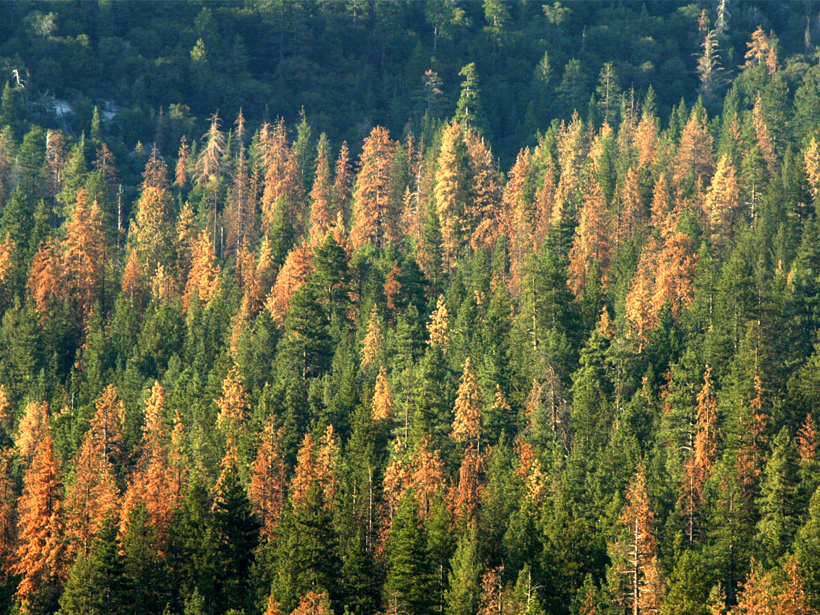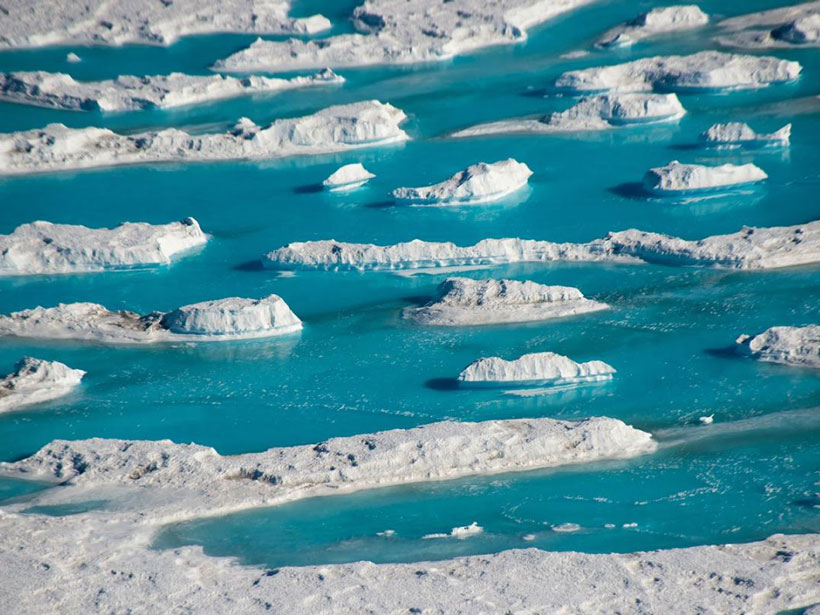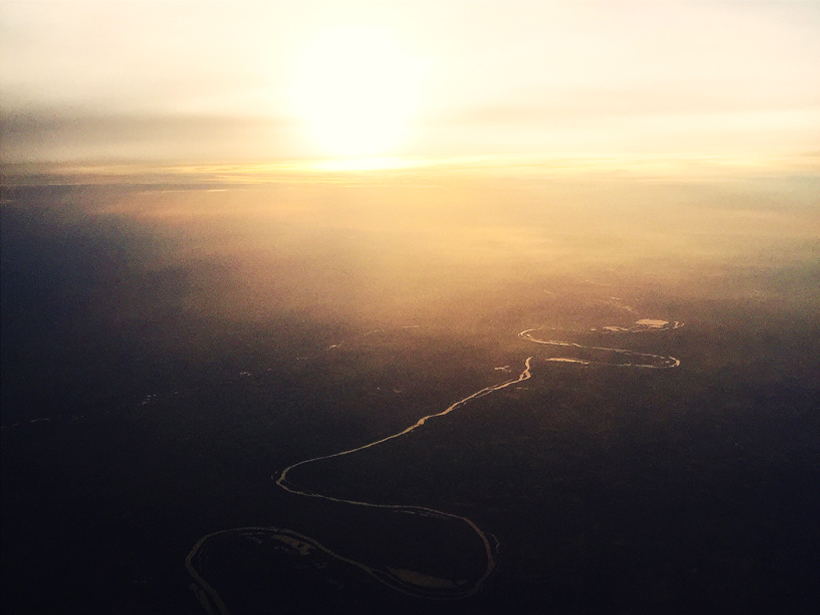A satellite-based early-warning signal may spot the start of a forest’s decline and give forest managers more time to save its life.
News
Wildfires Affect Water Resources Long After the Smoke Clears
Wildfires affect watersheds in myriad ways, from reducing evapotranspiration to changing soil repellencies, but new research suggests impacts on snowpack and runoff are the most significant.
Ocean-Based Actions Provide Big Opportunities to Curb Emissions
A new report outlines key areas to help mitigate emissions, including increased renewable energy, more efficient ocean-based transport, and advances in managing fisheries and aquaculture.
Interstellar Interloper Borisov Looks Like a Regular Comet, for Now
A first look at the chemical composition of the interstellar comet Borisov reveals ingredients that look a lot like those found in solar system comets. That’s not likely to last very long.
Freshwater Pools Show Antarctica Is More Vulnerable Than We Thought
East Antarctica’s lakes cluster in patterns similar to those on Greenland’s ice sheet, which is melting rapidly.
What Makes for Ethical Citizen Science Research?
A new study explores questions of consent and coercion in citizen science.
Red Skies, Black Holes, Green Lakes, and Other Colorful Things
What Earth and space science stories are we recommending this week?
Heat Waves Are Blowing in the Wind
New research indicates that droughts in far-off places contribute to the amount of heat transported to regions experiencing heat waves.
Human Activity Outpaces Volcanoes, Asteroids in Releasing Deep Carbon
Humanity’s carbon emissions are, by far, the largest disturbance to Earth’s steady state carbon cycle.
Jupiter’s Galilean Moons May Have Formed Slowly
A new model is the first to simultaneously explain many of the moons’ characteristics, including their mass, orbits, and icy composition










